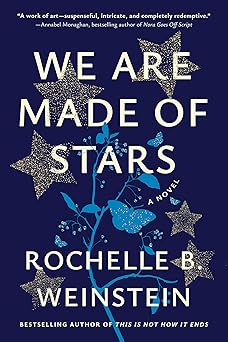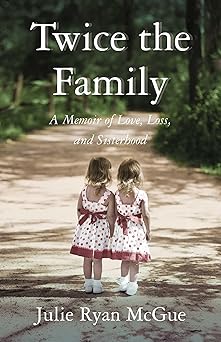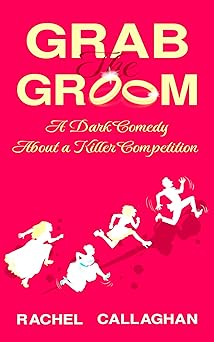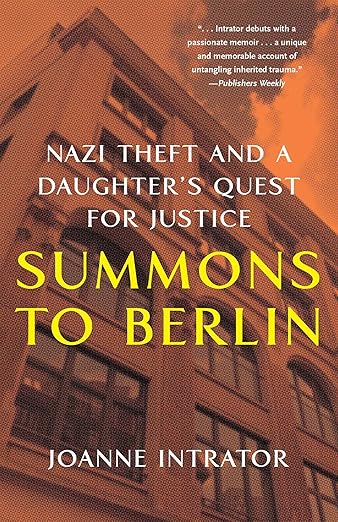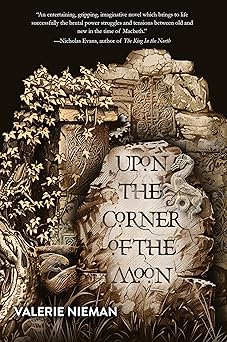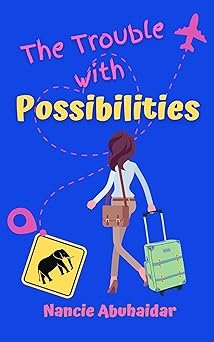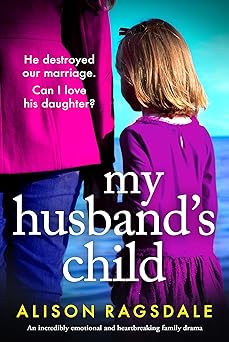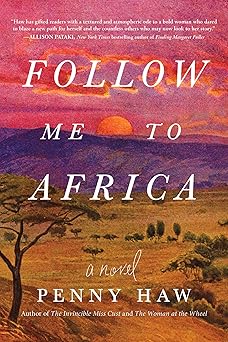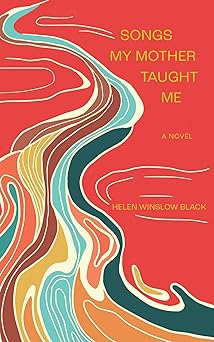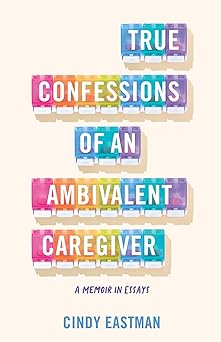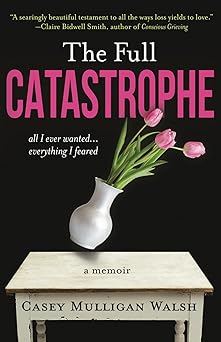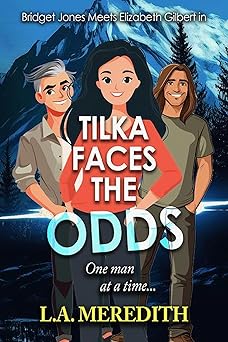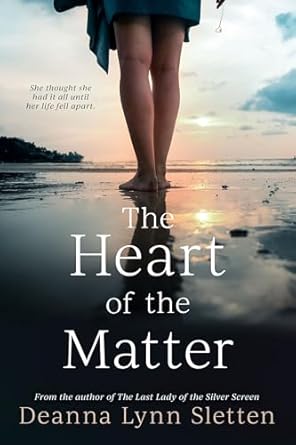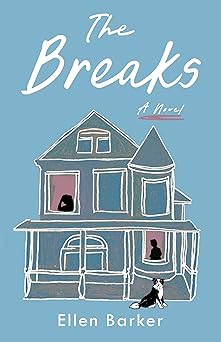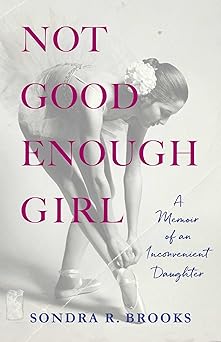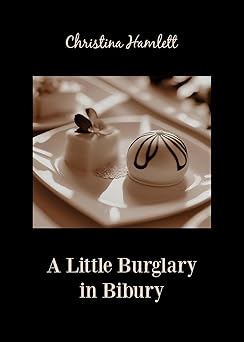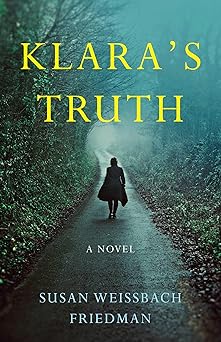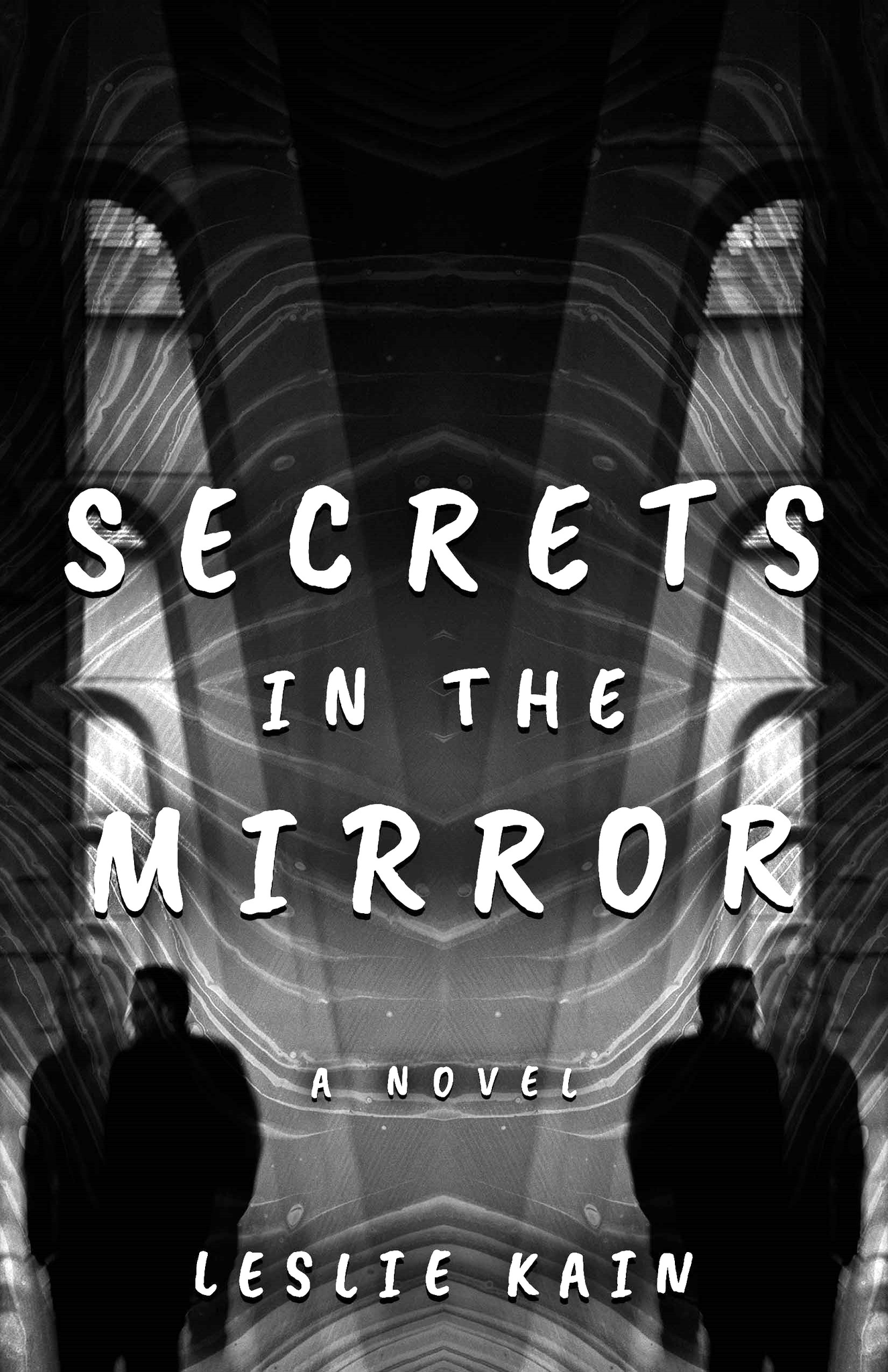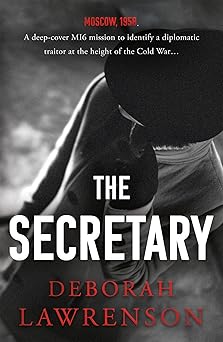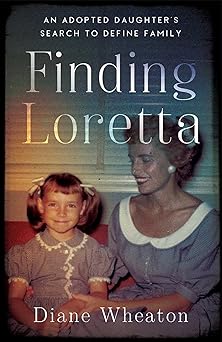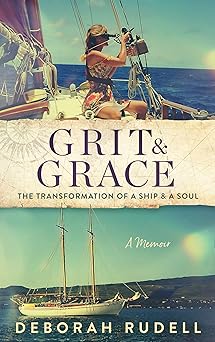Turning Trauma into Fiction for Young Adults
 In 2017, I published my young adult urban fantasy novel *The Great and the Small*, a story delving into themes of good and evil that had intrigued me since childhood. The first edition primarily followed Ananda, a troubled teenage girl, and Fin, a young tunnel rat who, as a loyal follower of his uncle, the “Beloved Chairman,” is involved in a war against humanity using the bubonic plague. When Ananda saves Fin from death and nurses him back to health, Fin learns to love her. The conflict arises when he must choose between continuing his uncle’s war until every last “two-leg” is dead, including the one he loves, or choose a new path.
In 2017, I published my young adult urban fantasy novel *The Great and the Small*, a story delving into themes of good and evil that had intrigued me since childhood. The first edition primarily followed Ananda, a troubled teenage girl, and Fin, a young tunnel rat who, as a loyal follower of his uncle, the “Beloved Chairman,” is involved in a war against humanity using the bubonic plague. When Ananda saves Fin from death and nurses him back to health, Fin learns to love her. The conflict arises when he must choose between continuing his uncle’s war until every last “two-leg” is dead, including the one he loves, or choose a new path.
I loved that book until I realized, with a sinking heart, that Ananda’s character in the first edition lacked emotional depth. Her reactions felt exaggerated because her backstory hadn’t been developed to the same extent as Fin’s. I had modeled her behavior on my own high school experiences but hadn’t added the backstory to explain it.
Growing up, I was unaware of the deep trauma I carried. I had buried a memory of being molested by a member of my grandparents’ church when I was five. I struggled with severe undiagnosed PTSD and body dissociation, grappling with suicidal thoughts throughout high school and into my twenties when the memory finally resurfaced. When I had written the first edition, I was still deep in the trenches of PTSD and fighting my way out of it. It didn’t occur to me to explore it as Ananda’s backstory, nor would I have had the objectivity to do so. In 2019 I discovered energy medicine, and that, in addition to my faith, transformed my mental health and started the long process of rejoining my spirit and body together.
I tried to write a fictional story exploring buried trauma and its reverberating effects, but after several failed attempts, I put the idea aside. When in 2022 I was offered the opportunity to revise the book for a second edition, it felt like the planets aligned: finally, I could give Ananda her due.
It was daunting to know where to start, how much to share, or how to use my experiences to write a work of fiction. I wasn’t interested in writing memoir, and so adding my backstory meant excavating what I had gone through, extracting the truth of it, and realigning it into the existing story.
I mapped out the story onto long sheets of paper with scenes and chapters listed chronologically. I color-coded new elements, such as journal writing, or Ananda’s ability to connect with animals intuitively, and using their color, wrote the elements where they appeared in the chapters. At a glance I could see if the new elements were sprinkled evenly throughout the story.
In depicting the trauma, I contrasted flashbacks with present-day nightmares and acting-out behavior. In this way the reader could start connecting the dots, and realize what Ananda was truly fighting, even as she remained in the dark.
There were many pitfalls in writing from my own experiences, which I learned the hard way. One of the techniques I always use to get into the mood of a scene is to use a soundtrack—a song that encapsulates the tone I’m after. Using music to get into a scene usually works great, but in writing the first draft of the second edition, it backfired. I had chosen music that took me to such a dark place that the finished draft was almost unreadable. While it was cathartic for me as a person, as a writer, I needed to rein things in.
I realized that the story must always come first. With a new (and more hopeful) soundtrack, I carved away the excess that dragged the story down, leaving just enough, like a trail of breadcrumbs for the reader. Not only did it make the story readable, to my surprise it also made it much stronger. It’s the old Less is More rule. Leaving out the details of the actual trauma and only hinting at it through nightmares and flashbacks added a layer of horror and suspense, but in a way that was age-appropriate for a young adult audience.
While I had left Fin’s narrative alone for most of the rewrite, Fin and Ananda’s stories ended up mirroring each other. Both characters’ quest for themselves, their true selves, followed a similar arc in a way that I hadn’t anticipated. It made me realize that as writers, the stories we tell are often the ones we need to hear. Both Fin and Ananda represent a part of me that has searched for meaning amid trauma.
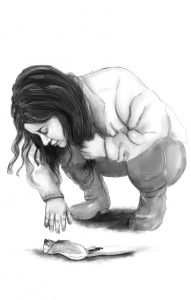
Illustration from
The Great & the Small by
A.T. Balsara
Ultimately, the second edition of The Great and the Small evolved into a stronger, more nuanced exploration of trauma and resilience. By deepening Ananda’s character and balancing the emotional weight of her story with Fin’s, I was able to rewrite a narrative that reflects both the complexity of trauma and the hope for healing.
—
Andrea Torrey Balsara, author and illustrator for children (writing as A.T. Balsara for young adults,) is set to release the second edition of her award-winning YA novel, The Great & the Small, in September 2024. This edition, available for pre-order, portrays her personal journey from darkness to light through the protagonist’s eyes. Alongside her writing & illustrating, Andrea engages in school presentations and motivational speaking. She is currently pursuing certification as an Eden Energy Medicine practitioner and is working towards becoming a Reiki Master. Her energy medicine work extends to both people and animals, and she volunteers at a donkey sanctuary, where she aids in rehabilitating sickly or abused donkeys. For more on Andrea’s books, speaking engagements, and energy medicine resources, visit www.torreybalsara.com. Connect with her on Instagram (@andreatorreybalsara), X (@torreybalsara), LinkedIn (AndreaTorreyBalsara) and Facebook (Andrea Torrey Balsara, Author & Illustrator).
—
THE GREAT & THE SMALL
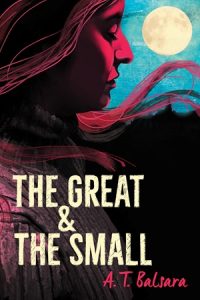 Ananda is a troubled teen who feels like a misfit at home and at her new school, and her unusual ability to connect with animals makes her feel like even more of an outsider. Still raw from the death of her grandmother, Ananda’s dreams are haunted by a long-buried memory that causes her to push people away.
Ananda is a troubled teen who feels like a misfit at home and at her new school, and her unusual ability to connect with animals makes her feel like even more of an outsider. Still raw from the death of her grandmother, Ananda’s dreams are haunted by a long-buried memory that causes her to push people away.
Fin is a Tunnel rat who lives in the passages beneath the city, in the dark places humans overlook or despise. Orphaned as a pup, he is the nephew of the Tunnel’s charismatic leader, the Beloved Chairman, and is willing to do anything to please his uncle, including becoming his lead henchman.
The worlds of humans and rats suddenly collide when Ananda protects Fin during a chance encounter in the market. Neither can foresee how their lives will forever be inextricably linked, but as the Chairman launches a plague war against the humans, both Fin and Ananda wrestle with secrets so terrible that they threaten their very existence.
Told as mirroring narratives that reverberate with the effects of buried trauma, and informed by historical accounts of plague and dictatorship, this stunning tale examines what it takes to grasp for light in the darkness and survive the threats both beyond us and within us.
This updated second edition has new content including an expanded story and new illustrations.
BUY HERE
Category: Contemporary Women Writers




